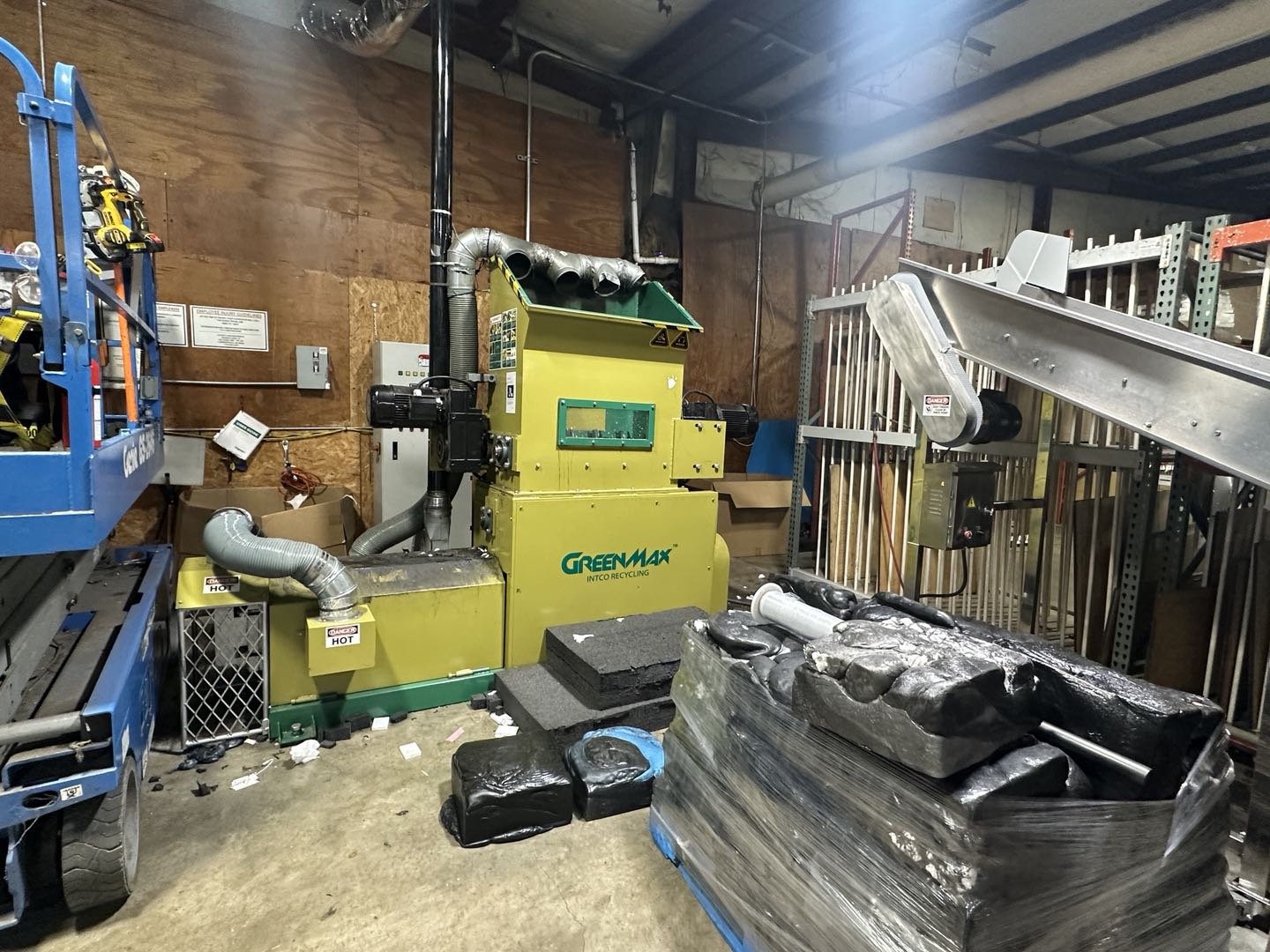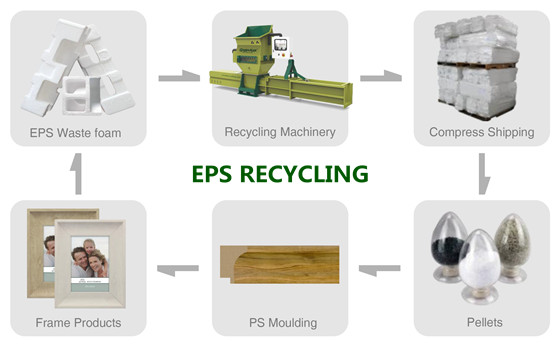Polystyrene Recycling Helps to Establish A Truly Circular Economy in Australia
Early March saw the official launch of the Australian Federal Government’s voluntary National Plastics Plan (NPP), with targets including the phasing out of polystyrene (EPS) consumer packaging and an undertaking to make all plastics packaging reusable, recyclable or compostable by 2025.
Under the 2025 Targets, cups and food packaging made from polystyrene will be banned by December 2022. Recently, companies such as McDonald’s restaurants decided to stop providing plastic straws, and Coca-Cola in Australia has also announced it’s moving to 100% recycled plastic for frozen cups and lids, removing problematic polystyrene from its cold drink portfolio by the end of 2021.

However, the prohibition and restriction measures at this stage have not effectively ameliorated the white foam pollution. In the long run, recycling waste polystyrene foam is the efficient solution for the Australian government to solve environmental pollution and develop a truly circular economy.
The recyclability of polystyrene specifically has been widely proven. In many European countries, actual recycling rates for expanded polystyrene packaging are above 50% and as high as 90% for polystyrene fish boxes, and the LIFE-funded project (the EU's funding instrument for the environment and climate action) has demonstrated that it is technically, environmentally and economically viable to recycle expanded polystyrene fish boxes into new polystyrene food contact packaging. There is ever growing recognition of the crucial role that polystyrene can play in the circular economy as an important contributor to the EU’s recycling targets.

In Australia, about 45,000 tonnes of polystyrene is created and consumed each year, but only about 40% (or 18000 tons per year) are recyclable after being in disposable containers or short-term packaging. Equipped with a professional polystyrene recycling machine, such as a polystyrene compactor or polystyrene hot melting machine, the recycling rate can be improved and the waste polystyrene can get its rebirth. For example, the polystyrene compactor can compress bulky polystyrene foam packaging into dense blocks, then the compressed polystyrene blocks will be further processed into PS pellets to make new products like molding and photo frames, which will be sold in the market again.
